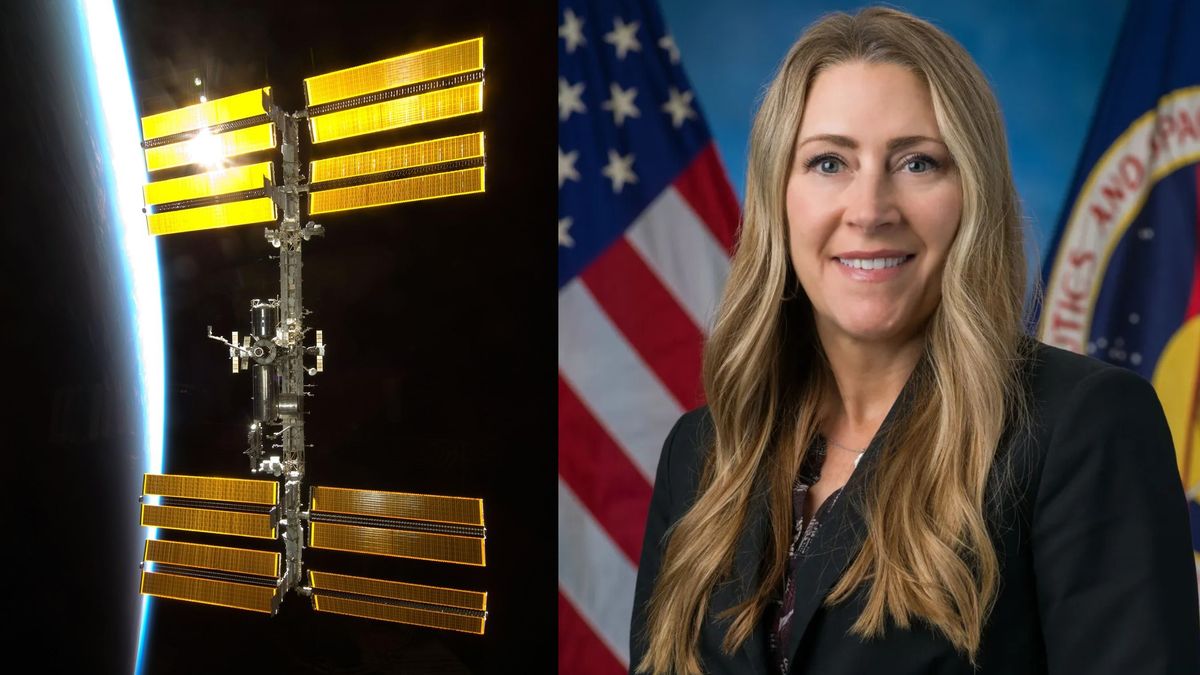NASA Astronauts Ready to Observe Solar Eclipse from Space
Next week’s solar eclipse, set to sweep across Mexico, the United States, and Canada on April 8, will not only be observed by people on Earth but will also be watched from space. The event is expected to offer a unique vantage point to a group of NASA astronauts on board the International Space Station (ISS), including members of the SpaceX Crew-8 and Russian Soyuz crews present at the time.
A Unique Perspective
During a live-streamed eclipse science briefing on March 26, NASA Deputy Administrator and former astronaut Pam Melroy highlighted the significance of the astronauts’ involvement in this rare spectacle. Unlike spectators on Earth who watch the moon’s shadow crossing the sun, those on the ISS will have the extraordinary opportunity to witness the shadow racing across the Earth’s surface.
The anticipated ISS track indicates that the astronauts will have three viewing opportunities during the eclipse. They will witness the partial eclipse over the Pacific Ocean, another partial eclipse above California and Idaho, and possibly experience totality over Maine and New Brunswick at 3:30 p.m. EDT (1930 GMT).
In addition to the astronauts, satellites such as those in the Geostationary Operational Environmental Satellites (GOES) series operated jointly by NASA and the National Oceanic and Atmospheric Administration (NOAA) are also gearing up to capture this celestial event with their ultraviolet imagers. GOES-16 and GOES-18 will observe the moon’s disk passing in front of the sun, while advanced baseline imagers will monitor the moon’s shadow.
Enhanced Viewing Technology
Advancements in camera technology compared to previous solar eclipses provide the ISS astronauts with better tools for documenting this rare phenomenon. Crew-8 astronaut Michael Barratt mentioned the superior camera capabilities on the ISS, which will enhance the viewing experience and documentation.
Despite the need for last-minute orbital adjustments to avoid space debris and maintain the ISS’s trajectory, Barratt expressed confidence that the astronauts would be able to refine their viewing strategy as the eclipse approaches. He emphasized the importance of ensuring the ISS’s safety and the astronauts’ ability to capture the eclipse.
Expedition 71 astronauts, part of the joint NASA-Roscosmos mission, are prepared to witness this remarkable event in space. While specific observation protocols are yet to be confirmed, mission specialist Alexander Grebenki expressed his readiness to document and photograph the eclipse during the ISS’s orbit.
For those planning to observe the eclipse from Earth, guides on safe sun-watching practices and solar eclipse glasses are readily available. Tips on how to safely photograph the sun are also provided for those eager to capture this astronomical event.
Image/Photo credit: source url





